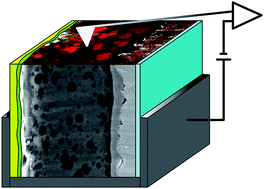Investigating morphology and electronic properties of self-assembled hybrid systems for solar cells
Abstract
We investigate self-assembled network morphologies of hybrid materials and their application in solar cells. We show the use of a semiconducting functional


 Please wait while we load your content...
Please wait while we load your content...